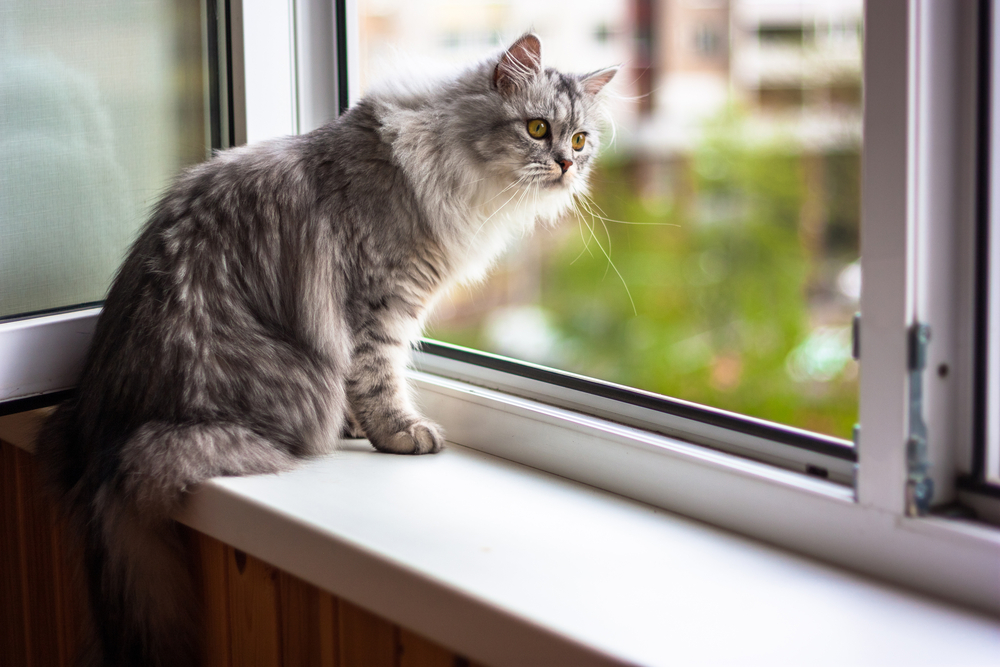As the summer comes to a close, and kids prepare to head back to school, many pet owners wonder how their pets will react to the changes in their routine. Our Juanita Hills Animal Hospital team knows you likely feel stressed about leaving your pet home alone after spending the summer together. Fortunately, you can make your pet’s back-to-school experience easier by following these helpful tips.
Begin waking your pet earlier
In the weeks leading up to school’s first day, begin introducing your pet to the new schedule, especially the morning wake-up time. Set your alarm, and begin your day as you would when school is in session, and acclimate your pet to the early morning commotion of the family getting dressed, fed, packed, and out the door on time.
Introduce new mealtimes and potty break times for your pet
During the school year, your pet will spend more time home alone, requiring them to wait longer to relieve themselves. Adjust your pet’s mealtimes to the new schedule, and start staggering their potty break times. If your pet will be home alone for longer than eight hours, consider bringing them to doggy day care, or hiring someone to let them out midday.
Increase your pet’s time alone
You and your children likely spent a lot of time during the summer with your pet, and they must adjust to spending more time by alone. Start by leaving your pet for short periods, and slowly increase your time away. If your pet shows separation-anxiety signs, contact your veterinarian for advice.
Practice leaving your pet with no fuss
You may feel guilty when leaving your pet for the day, but avoid adding to their stress by making a dramatic exit. Your over-the-top gestures can increase your pet’s anxiety, because they will begin associating these cues with your leaving. Instead, stay calm, and set a relaxing tone for your pet’s day. Simply walk out the door without making a fuss, and return home in the same low-key manner.
Create an exercise routine with your pet
You may have to adjust your pet’s daily exercise routine when school starts, but physical activity is extremely important when experiencing transitions. Before you leave home for the day, make time to walk your pet in the morning, and do the same when you return. A tired pet is less likely to engage in destructive behavior, and will feel calmer throughout the day.
Keep your pet mentally and physically engaged
Pets need mental stimulation and physical exertion, and bored pets will entertain themselves through inappropriate or destructive activities. Prevent your couch from becoming your pet’s chew toy by leaving them with engaging toys and treats such as a Kong filled with frozen, xylitol-free peanut butter. Cats require entertainment too—sprinkle a small amount of catnip on their favorite toy, and hide a few treats they can hunt while you are at work and the kids are at school. Prevent your pet from becoming bored by switching up their available toys, scattering them throughout the house to find during the day.
Break the silence for your pet
Your pet has been surrounded by noise and activity all summer, and they may feel anxious in a quiet, empty house. Help them cope with the sudden daytime silence by providing background noise, such as calm music or a television talk show.
Avoid a back-to-school pet emergency
The family schedule gets much busier when the kids head back to school, and a curious and unsupervised pet can get in trouble. Take the following precautions to avoid a back-to-school pet emergency:
- Avoid school snacks that are toxic to pets — As you shop for your student’s school snacks and lunches, avoid purchasing food that can cause your pet harm—sugar-free gums and candies, chocolate, grapes and raisins, avocados, and caffeinated foods and drinks. Always ensure your student’s lunch box is out of your pet’s reach, and remind your child to empty their lunch box promptly after arriving home, so your curious pet cannot sniff out a toxic morsel left inside.
- Purchase nontoxic school supplies — When buying school supplies, look for the letters AP (i.e., approved product) on the packaging to ensure the item is nontoxic. Most products intended for children’s use have the AP seal, and are safe for both children and pets. Your pet is likely curious about school supplies’ unfamiliar scents and textures, so remind your child to put away their school items when they are not using them to prevent your furry pal from ingesting a foreign object, which can lead to intestinal obstruction.
- Pet-proof your home — When your pet is home alone all day, they can get in trouble, so keep potentially dangerous items secure and out of their reach. Store cleaning products in high cabinets with childproof locks, put away cords and electronics, secure medicine in cabinets pets cannot access, and remove any toxic plants that they might be tempted to ingest.
Monitor your pet for separation-anxiety signs

Closely observe your pet’s behavior and temperament as you introduce the new back-to-school routine. Talk to your veterinarian if your pet shows any of the following separation-anxiety signs:
- Trembling
- Drooling
- Increased barking or whining
- Urinating or defecating inside—for dogs—or outside the litter box—for cats
- Attempting escape through windows, doors, or from crates
As the return to school approaches, your family and your pet will need time to adjust to the new routine. By following our tips, you can easily help your pet acclimate to being home alone more often, but if they exhibit separation-anxiety signs, contact our Juanita Hills Animal Hospital team so we can discuss anti-anxiety medication and behavioral resources that may be beneficial to your pet.



















Leave A Comment